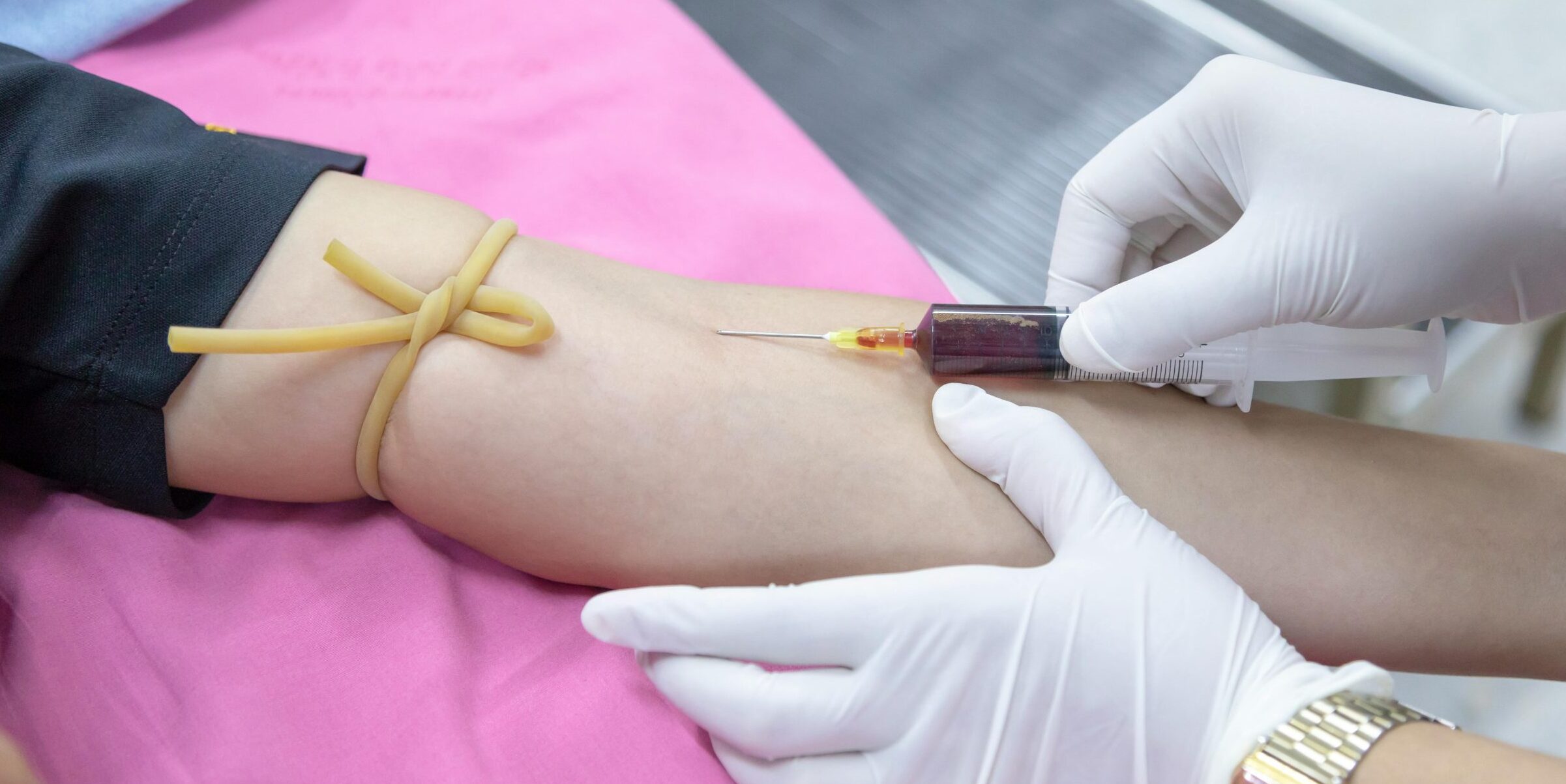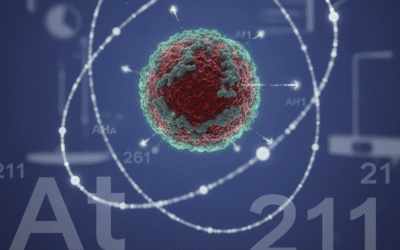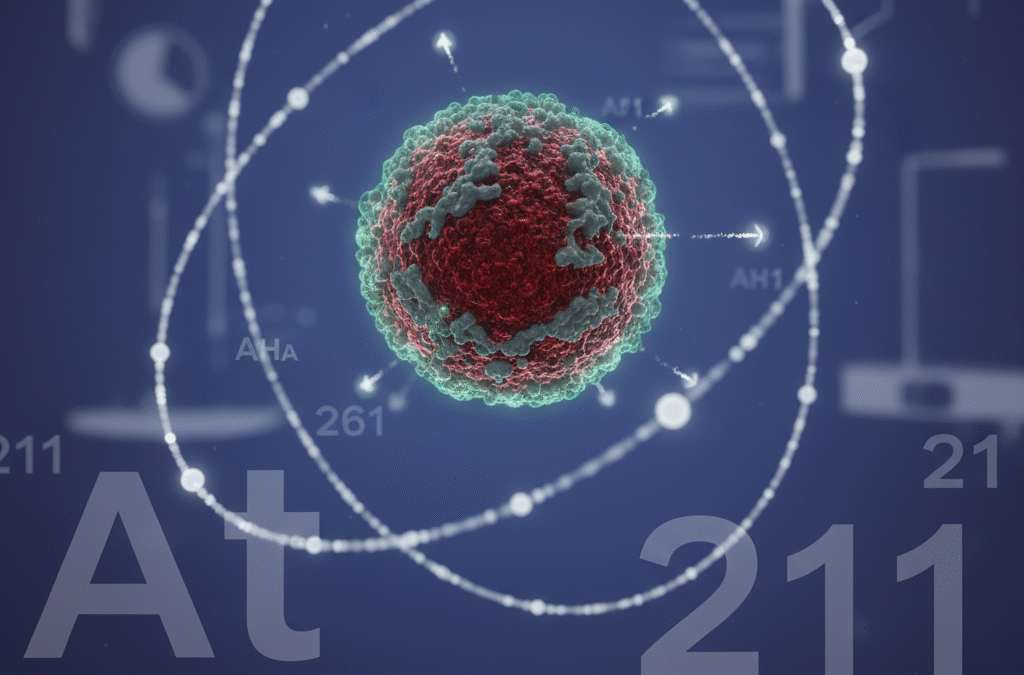A new multi cancer blood test developed by the United States biotechnology company Grail has demonstrated in North America the ability to detect a wide range of cancers, including many for which no screening programmes exist, at an early and potentially treatable stage. The findings mark a significant step toward the goal of using a single blood test to accelerate diagnosis across dozens of tumour types.
Broad detection of cancers with no current screening
The test, known as Galleri, is designed to detect fragments of circulating tumour DNA shed into the bloodstream by cancerous growths. According to recently reported data from the Pathfinder 2 study, the test found a cancer signal in 216 participants out of more than 23,000 adults over the age of 50 with no clinical suspicion of cancer. Diagnosis was confirmed in 133 of those individuals.
Of particular note, the trial indicated that roughly three quarters of the cancers detected were of types without an existing screening programme, such as pancreatic, liver and head and neck cancers. Moreover, more than half of the cancers detected were identified at stage one or stage two, when treatment is easier and outcomes are more favourable.
How the Galleri test works
Galleri performs a standard blood draw, from which cell free DNA is isolated. The assay uses methylation based sequencing to detect patterns of tumour derived DNA fragments that differ from non cancer derived DNA. The test also seeks to predict a cancer signal origin, essentially an indication of where in the body the suspected tumour is located.
Importantly, the test is not proposed as a replacement for existing single cancer screening methods such as mammography, colonoscopy or low dose chest CT. Rather, it is intended to complement those programmes and to extend early detection to cancers for which no screening currently exists.
Clinical performance: Strengths and limitations
In the Pathfinder 2 data, Galleri achieved a specificity of around 99.6 percent, meaning a false positive rate of 0.4 percent, and a positive predictive value of about 61.6 percent. Sensitivity, or the ability to detect cancer when it is present, was approximately 40.4 percent across all cancer types in one interim analysis of 36,000 participants.
In the test cohort, just over half of the newly detected cancers were stage one or two, and almost 70 percent were stage one to three. Experts caution, however, that sensitivity remains variable by cancer type and stage, and high specificity alone does not guarantee improved mortality outcomes. A commentary in The Lancet noted that the test is not a replacement for standard screening and emphasised the need for longer term evidence of benefit.
Implications for early detection and clinical practice
The promise of a blood test that can screen for more than 50 cancer types at once is profound. Because many cancers lack any population screening infrastructure, and because it can be difficult to diagnose them before symptoms arise, the potential to detect such cancers earlier could improve outcomes, reduce treatment costs and simplify screening logistics.
The fact that more than half of the cancers identified were at an early stage underscores the possibility of more curative interventions. If the test proves clinically effective, it could open the door to broader population based screening strategies, extending beyond the handful of cancers currently subject to formal programmes.
Ongoing evaluation and rollout plans
In the United Kingdom, Galleri is already being trialled by the NHS in what has been described as one of the largest multi cancer early detection trials in the world. In the United States, Grail indicates it will submit its performance data to the Food and Drug Administration for pre market approval under its Breakthrough Device Designation status.
If approved and widely adopted, this kind of test could represent a paradigm shift in screening, but several questions remain, including whether earlier detection will translate into meaningful mortality reduction, cost effectiveness, and how to integrate with existing systems.
Challenges ahead
Several important considerations remain before Galleri or similar tests become standard practice.
- Sensitivity gaps and cancer type variability: The test does not detect all cancers, and sensitivity is lower for certain tumour types and at early stages. The heterogeneity in tumour DNA shedding means that some cancers might not generate detectable signals.
- Overdiagnosis and follow up logistics: Detecting cancers that may never progress or would have been treated effectively anyway raises concerns about overdiagnosis, unnecessary follow up procedures and patient anxiety.
- Integration with healthcare systems: Introducing a new screening test at scale requires new protocols, diagnostic triage, reimbursement structures, and regulatory alignment.
- Equity and access: Screening tests must be deliverable across populations without exacerbating disparities. Ensuring uptake in underserved communities will be critical.
- Cost and reimbursement: Even if clinically effective, widespread coverage will require health systems and insurers to assess cost benefit trade offs and decide on reimbursement pathways.
Outlook: Cautious optimism for a screening revolution
The new data for Galleri provide important validation of the multi cancer early detection concept. The fact that the test flagged many cancers that would otherwise lack screening programmes and detected a large proportion at early stage is encouraging.
However, as experts repeatedly emphasise, the real world impact will depend not just on detection but on improved outcomes, cost effectiveness and deployment at a population scale. For now, Galleri stands as one of the most advanced examples of what multi cancer early detection may offer, giving a glimpse at how blood based screening might one day extend the reach of early cancer detection far beyond current limitations.













